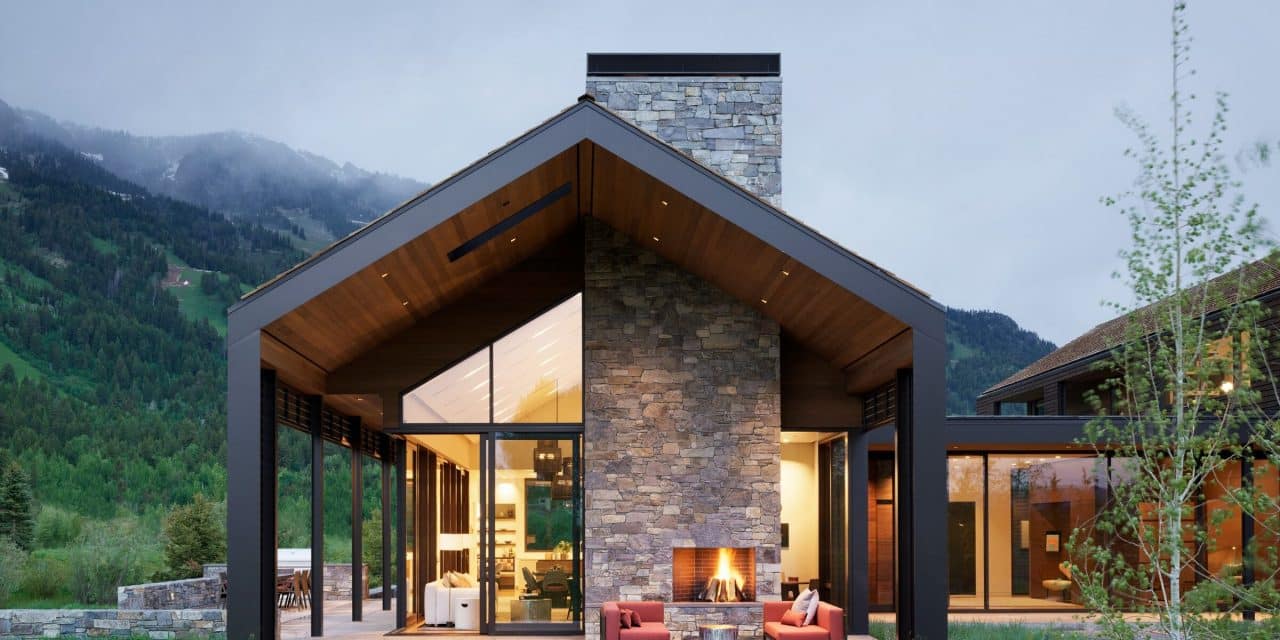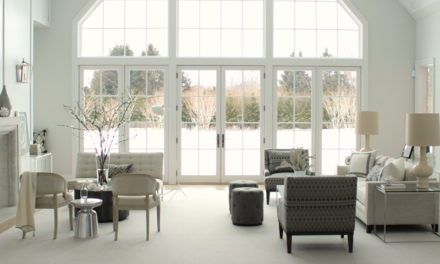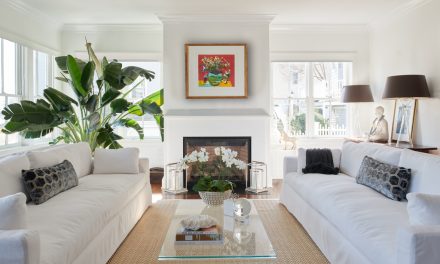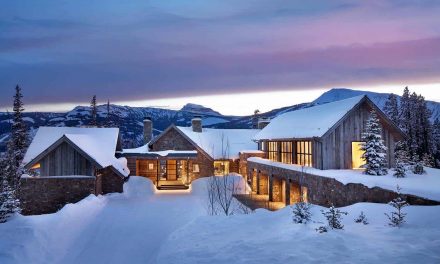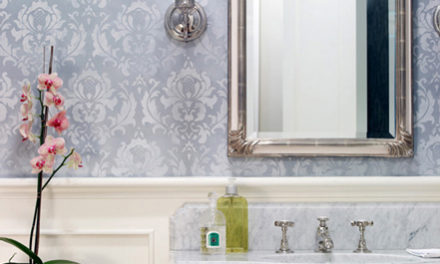Welcome to the Architect’s Toolbox. This is the place where we talk about the principles of design and how Architects use them to create wonderful homes. This video is all about SCALE.
Architects often refer to SCALE when speaking about design. So, what is scale and how does it affect how we enjoy our homes?
Scale refers to how we perceive an object (or space) in relation to something else. Simply put, we are always comparing one thing to another. And we tend to compare new objects against the things that we are familiar with. Our past relationships with objects and spaces become our reference point for viewing anything new.
When objects are scaled in a way that we are familiar with, we feel content – things are right in the world. An object that is scaled in what we perceive to be “normal” or “usual” typically goes unnoticed. It becomes part of the background to our daily lives. The fun happens when things are scaled in a way in which we are not accustomed to. Here’s where our sense of “normality” is challenged, and we react with different emotions and feelings.
These “jumps in scale” occur in nature quite often. For example, we see the Grand Canyon and feel in awe of its sheer size. Or, we see the towering peaks of the Grand Tetons rising from the valley and feel inspired, or the unimaginable size of an ocean and feel little by comparison.
A Tool of Our Built Environment
But scale is also a tool of our built environment. Architects have used this for thousands of years to help their designs evoke reactions. From the Pyramids in Egypt to the great Cathedrals of France, scale has been used to challenge what we perceive to be “normal” or “common” and make us think differently.
Architects use scale to help create feelings and emotions in their designs. Scales that fit with our common thinking feel comfortable and help us relax, while moving scales out of our comfort zone can lead to feelings of awe, wonder, overwhelmed, cozy, inspired, constrained, free… the list goes on.
We perceive scale it two ways: Contextual and Human
Contextual scale refers to how we compare objects against each other in our larger surroundings. Remember the Grand Canyon example? We compare this canyon to other river beds we’ve seen in the past and we are surprised. But it’s not only the natural environment that we perceive this way. It’s also the street we drive through, the buildings we use and even the homes we live in.
Contextual scale is actually what gives us a sense of our neighborhood. We drive down streets with homes of similar sizes – whether urban, suburban, or rural, it doesn’t matter – and feel these are related, connected in some way. As soon as the scale of the homes shift, we perceive that we are in a new neighborhood. Scale informs our sense of place – our relationship to the world around us.
Human scale refers to how we compare objects to ourselves. How our bodies relate to objects, both natural and man-made, plays a large role in how we feel. For example, a normal size door feels just right – our bodies move through the opening with ease, sized perfectly for us and how we behave. However, supersize the door and we begin to feel intimidated, the door becomes ominous, surely it must lead to something of grand magnitude beyond. Shrink the door and we get a little curious, wondering what items might be inside, probably worth taking a peek.
Human scale gives us our more sensitive emotional reactions: Do I feel comforted, do I feel safe, do I feel warm and cozy? It is this personal relationship to the space that subconsciously informs us how to feel.
So let’s take a look how residential architects use scale in their home designs to create special places:
This home, designed by CLB Architects of Jackson Wyoming, uses scale to reinforce and reflect the drama of its location. The home’s sharp gable roof reflects the shape of the mountains nearby. But it is the impressive scale of this space that stirs our emotions, creating a soaring and uplifting feeling. The space, reinforced by its super-sized scale, helps to make us feel part of the magnificent environment.
Sometimes the tool is used in a more subtle manner. The large windows of this home by LORO Design, are defined by the white mullion patterns. While not required for function, the mullions break the big windows into more familiar shapes and sizes relative to our bodies. This conscious design move helps render the home more classical, reminiscent of an earlier time when glass sizes were limited by fabrication methods. Because of this scale breakdown this modern farmhouse now feels rooted in the past.
And finally, Birdseye Architects, uses the familiar shape and scale of a traditional Vermont barn as the starting point for this modern cottage. We instinctively feel comfortable with the shape and size – it’s something we are used to. But notice how the shift in scale of the large first floor windows, actually walls of glass, affect our emotions. We expect one thing, small barn windows, but instead get expansive views. This creates a vital connection between the inside of the home and the outside landscape beyond – a more modern way of living.
Architects use scale to affect how we feel in our homes. Most of the time scale is a subtle thing, making us feel comfortable and at ease. But scale can also be very dramatic leading to unexpected feelings. So from now on, take a look at the spaces you are in and see how scale may be affecting your emotions.

